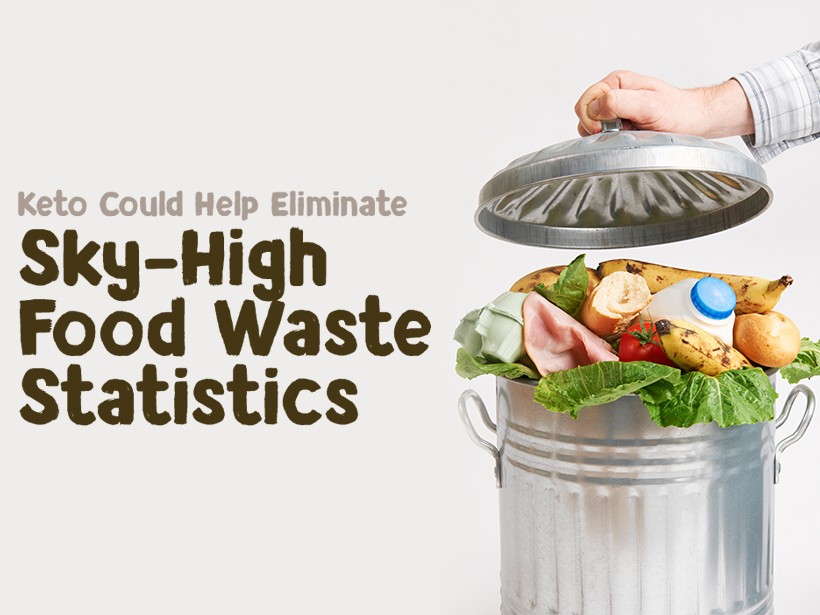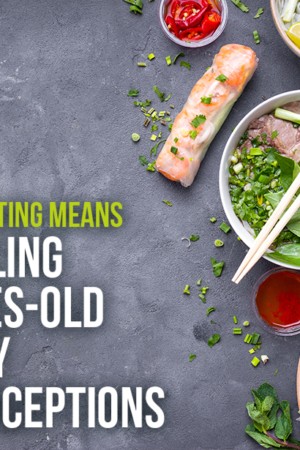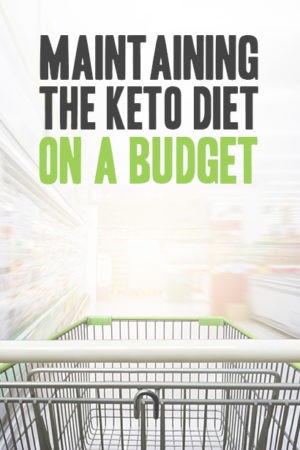Jason Nguyen, a registered dietician and nutritionist for the Monongalia Health Department’s WIC program recently stated, “Food waste for a family of four, the average is about $2,300 a year that’s wasted. It’s estimated that over 30 percent of our food is actually thrown away.”2 Those numbers are sky-high, and they bring new issues to light.
The United States just wrapped up another National Nutrition Month, an annual campaign1 organized by the Academy of Nutrition and Diabetics. Each year, experts dive into the biggest topics of nutrition and wellness and work to support healthier lifestyles worldwide. This year’s theme was “Go Further with Food,” taking aim at some staggering statistics that have come to light.
It’s Clear That Waste is Prevalent
MyPlate3, presented by the USDA Center for Nutrition Policy and Promotion, counsels that a healthy diet consists of a balance of whole grains, lean proteins, low- and fat-free dairy, fruits, and vegetables. Yet people continuously search for new avenues for weight loss and health.
So, where does the disparity lie? The issue at hand is clear. Though people are coached to include a variety of foods, they’re not seeing the health benefits they seek. Because of this, people are stuck at a crossroads between common thought practices and fad diets.
How Can We Eliminate the Excess?
The answer is actually quite simple. We need to eliminate the confusion. In a market inundated with fad diets and weight loss products, it might seem difficult for the average household to ascertain what makes up the right diet. Instead of scouring the grocery store for packaged goods, families seek whole, real-food alternatives. Rather than throwing money at fad diets items that eventually go to waste, spend the money on healthy fats, quality oils, and rich, fibrous vegetables. Furthermore, skip the diet teas, sodas, etc., in favor of fresh water, homemade coffees, and more. Essentially, gone is the excess and, in its place, is quality – not quantity.
The Solution Starts at Home
Through a focused approach on a keto diet, we can significantly reduce our own impact on these statistics. Create a clear and concise grocery list that focuses on foods that will be consumed, rather than wasted. Buy in bulk when you can, and prepare foods to be frozen and consumed later. Make food yourself, and avoid pre-packaged goods, which have a set expiration date when purchased.
Above all else, stick to your list. By doing so and only purchasing what is consumed, you’ll significantly lower your individual food waste. The bottom line is great for both your health and your wallet.
NUTRITIONAL DISCLAIMER
The content on this website should not be taken as medical advice and you should ALWAYS consult with your doctor before starting any diet or exercise program. We provide nutritional data for our recipes as a courtesy to our readers. We use Total Keto Diet app software to calculate the nutrition and we remove fiber and sugar alcohols, like erythritol, from the total carbohydrate count to get to the net carb count, as they do not affect your blood glucose levels. You should independently calculate nutritional information on your own and not rely on our data. The website or content herein is not intended to cure, prevent, diagnose or treat any disease. This website shall not be liable for adverse reactions or any other outcome resulting from the use of recipes or recommendations on the Website or actions you take as a result. Any action you take is strictly at your own risk.
- The Hidden Dangers of the HCG Diet - January 30, 2019
- Avoiding Constipation on the Keto Diet - January 28, 2019
- Upping Fat or Cutting Carbs for Ketosis? - January 23, 2019




